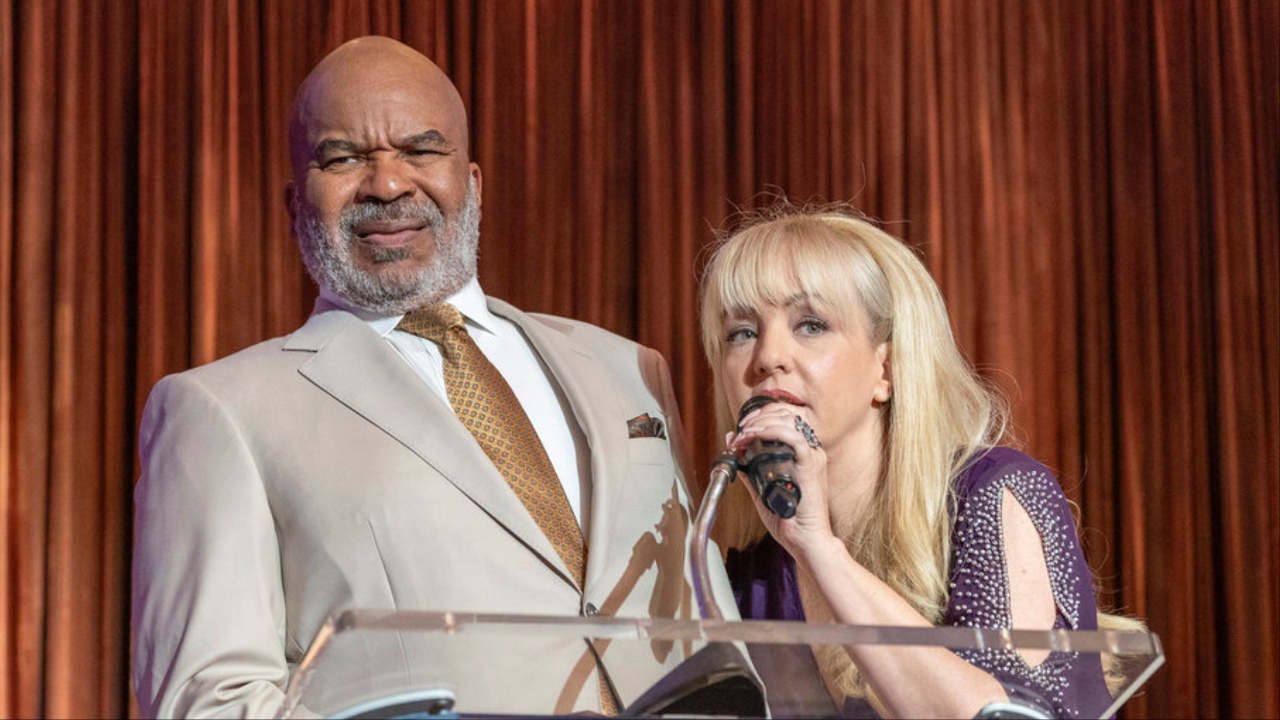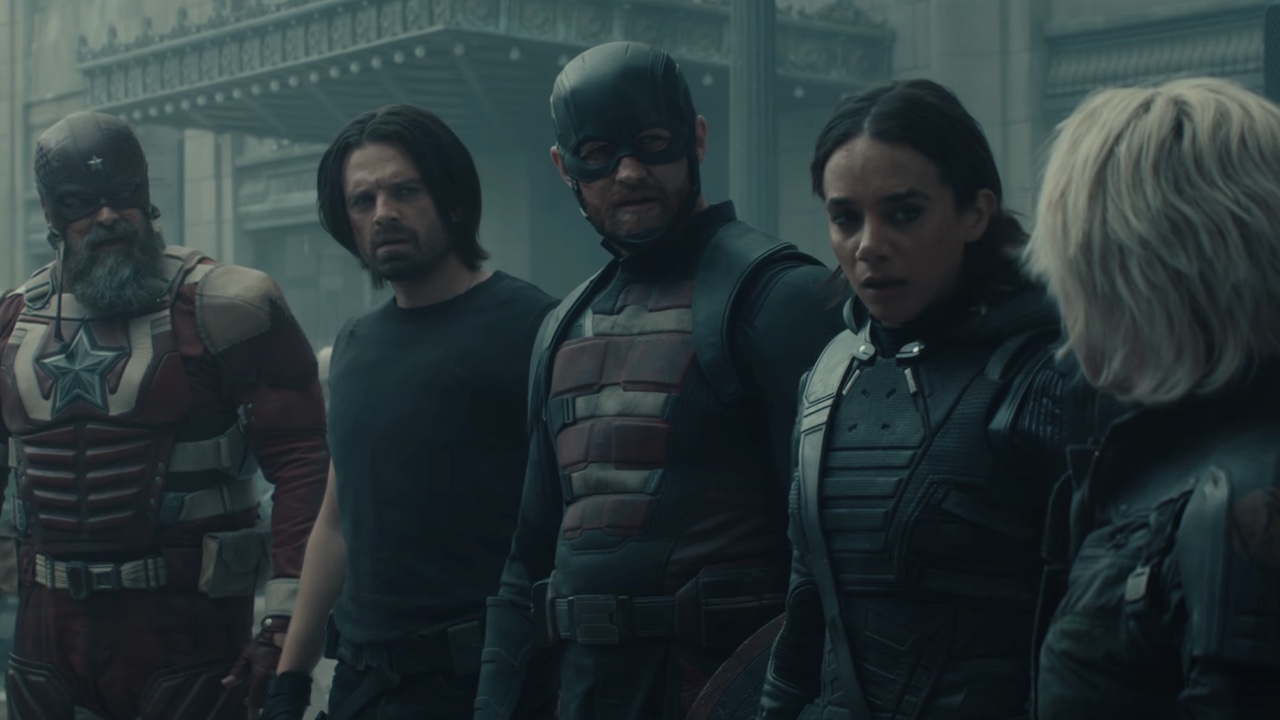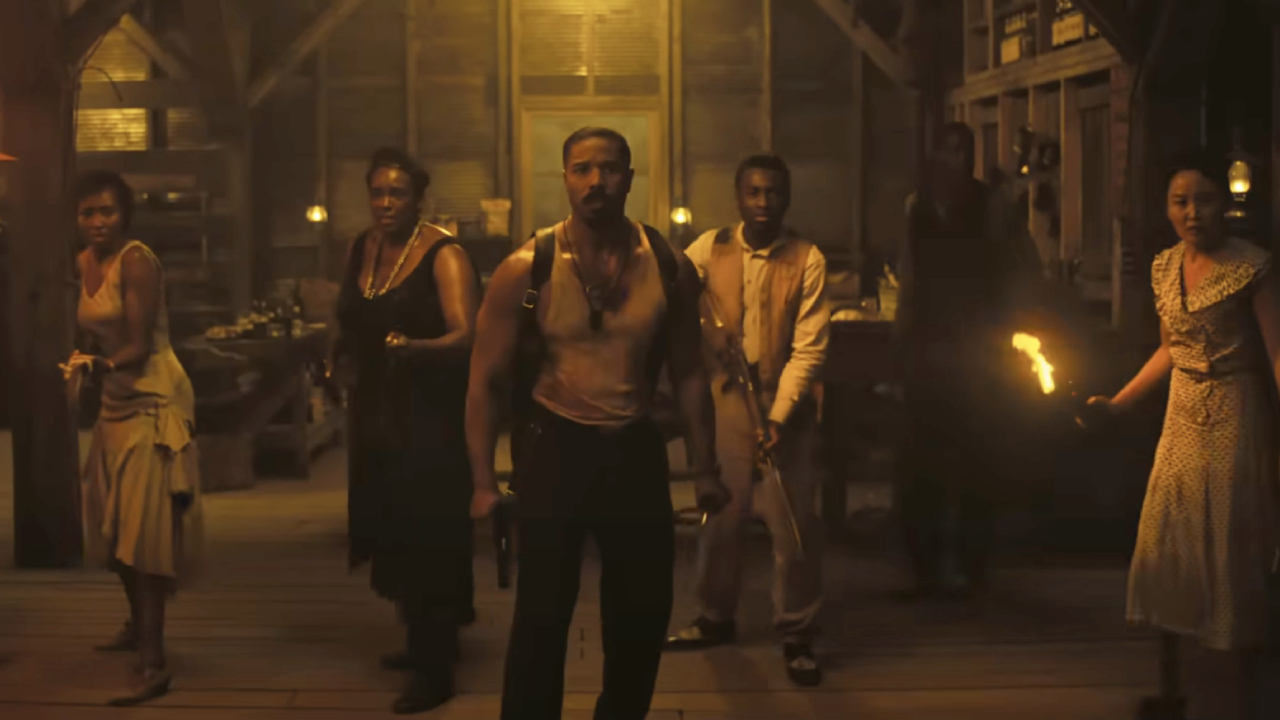Save This Show: NBC's Community Needs To Stick Around

Last week a young man of Polish and Indian descent walked into a black room decorated with yellow tape forming a grid pattern on the walls, floor and ceiling. He then proceeded over to a piece of cardboard taped to the wall where he pressed a few buttons and called out a scenario – and the adventure began. That young man’s name was Abed Nadir, the room was the Dreamatorium and the place was Community, a show doing things unlike anything we’ve ever seen from any other program in the history of television.
But it’s more than just the creativity of the writing – let’s be honest, there are other shows doing some fun and interesting things. What makes Dan Harmon’s creation so impressive and ingenious is how it has evolved with each new season. NBC needs to renew Community not just so that we can see more hilarious adventures of the Greendale Seven, but so that we can continue to see the series adapt and improve.
If you look at the last episode, “Virtual Systems Analysis” and compare it to the pilot that aired in 2009, and you’ll find that there are very few through lines. While the core of the character’s personalities haven’t changed, the relationships between them are vastly different. In the early half of the first season Troy and Abed barely acknowledge each other’s existence, Pierce is shown to be overly-attracted to Shirley, and Jeff is obsessed with getting Britta’s attention. Finding a common ground between Troy and Abed, recognizing that Pierce works better as a hateful outcast, understanding the lack of real chemistry between Jeff and Britta, and noticing that Annie and Jeff make a much more complex and interesting match, the show evolved to fix itself without ever alienating the viewer, taking the process episode by episode until they got it right.
This change exists not only on the micro scale, but the macro scale as well. Though the show started more formulaic with a meta twist, the game transformed when “Modern Warfare,” the series’ first theme episode, was hailed by many as one of the greatest television episodes of all time. Seeing how much fans loved the references to pop culture, they began to produce more themed episodes, such as “Basic Rocket Science,” “Epidemiology,” and “A Fistfull of Paintballs.” Identifying the danger of saturation, this was pulled back in Season 3 where only one of the aired 16 episodes falls into that category (though that number will increase to two later tonight when “Basic Lupine Urology,” the Law & Order episode, airs). The larger point is that Community’s writing team is fully aware and is never afraid to adjust in a way that will better the show as a whole.
American television has always had the problem of letting a successful program run too long until it gets stale and unwatchable. It’s happened to hundreds of examples in the past and continues thanks to The Simpsons, The Office, and others. Community, however, is the rare show that could potentially never be affected by this. Harmon and his writing team have made a point of paying attention to what works and what doesn’t, and doing so has resulted in it being the most consistently hysterical series on television. And I’m not ready to have that stop.
This poll is no longer available.
Click here to see the other four shows we want saved!
CINEMABLEND NEWSLETTER
Your Daily Blend of Entertainment News

Eric Eisenberg is the Assistant Managing Editor at CinemaBlend. After graduating Boston University and earning a bachelor’s degree in journalism, he took a part-time job as a staff writer for CinemaBlend, and after six months was offered the opportunity to move to Los Angeles and take on a newly created West Coast Editor position. Over a decade later, he's continuing to advance his interests and expertise. In addition to conducting filmmaker interviews and contributing to the news and feature content of the site, Eric also oversees the Movie Reviews section, writes the the weekend box office report (published Sundays), and is the site's resident Stephen King expert. He has two King-related columns.










